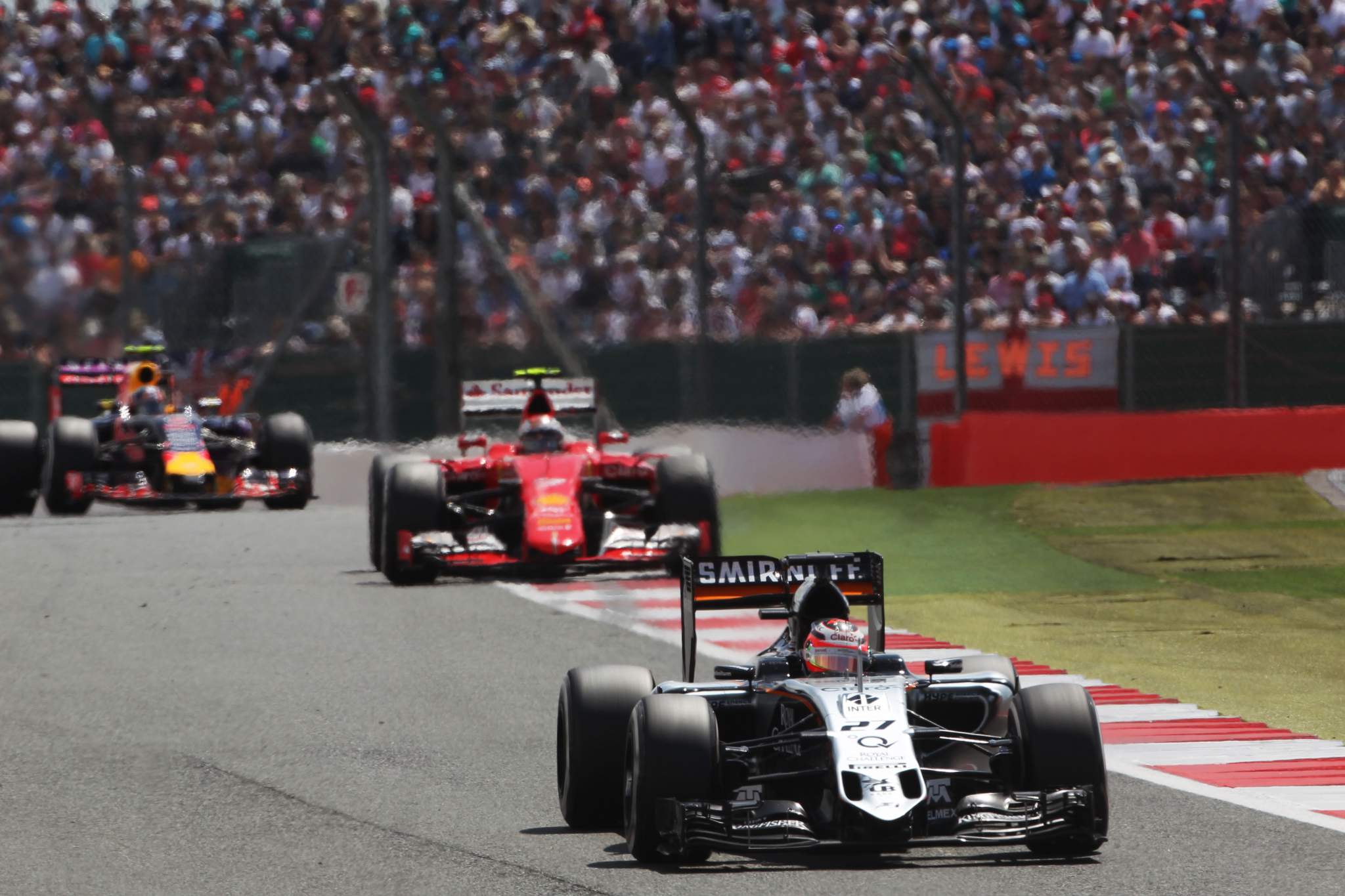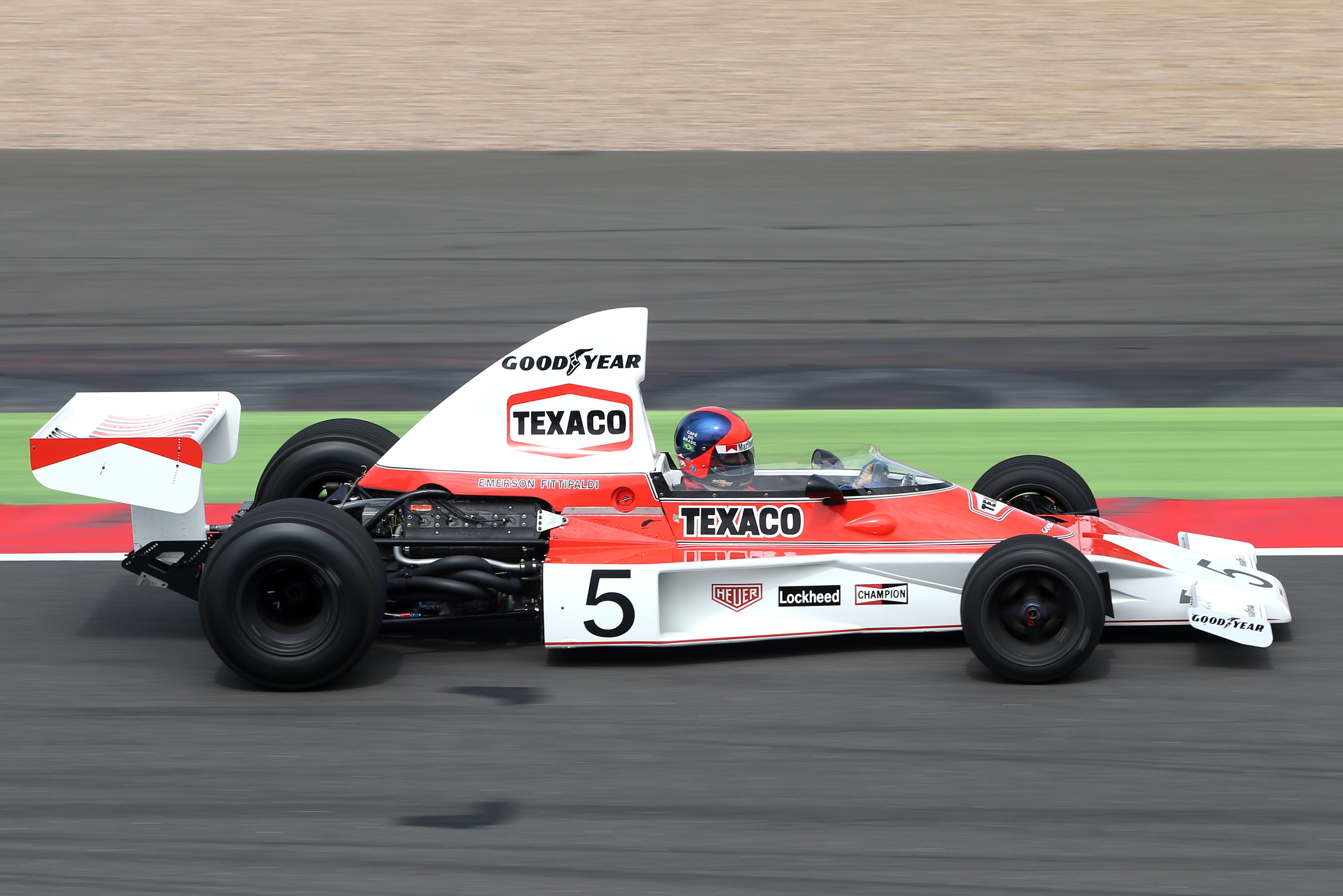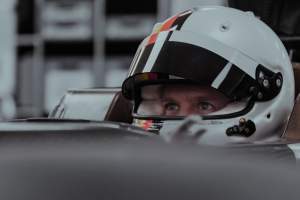Up Next

When is a new Formula 1 car not a new car? Ostensibly, it’s a simple and intuitive delineation, but when you delve into the detail it’s not so straightforward, doubly so heading into F1 2021’s launch season with ‘carryover’ cars.
The confusion is encapsulated by the chosen nomenclature of the teams. Some have gone with the next step of their numbering system, with Mercedes dubbing its car the W12 as the logical successor to the W11 and AlphaTauri adding one to get the AT02. Ferrari, having called last year’s car the SF1000 in tribute to the staging of its 1000th world championship race, will run the SF21 this year – effectively, the Scuderia Ferrari 2021.
Others have confirmed they are embracing the b-spec so Red Bull will run the RB16B and Williams the FW34B. McLaren has recognised its unique status as the only team changing engine supplier by adding an ‘M’ for Mercedes to create the McLaren MCL35M.
Alfa Romeo has taken a third path with its C41. Last year’s car was the C39 but the 2022 project – originally, remember, for this year and therefore underway before there was a need for what is now the 2021 car – is the C40. This raises the possibility of the C40 running next year, although a renaming is also possible. The ‘C’, of course, is used for all Sauber machinery in tribute to Peter Sauber’s wife, Christiane.
Generally, teams have shied away from officially dubbing cars as B-specs in recent times. Largely this is because car development has become ever-more iterative and the upgrade process is continual. The days when a major upgrade package would be deployed in one hit, say midway through a season, have long gone. Save for this year, the same is largely true for the practice of carrying over cars. Instead, the specification constantly evolves as new parts are added to the baseline configuration.
The last car to be officially designated as a B-spec car in F1 was the Force India VJM08B, which was introduced at the 2015 British Grand Prix. This car featured the famous ‘nostril’ vents in the nose and did come ahead of an upturn in form. But for the most part, the official B-spec car was shunned until its enforced recall this year for those willing to accept it.

If the line between the first version of a car and the B-spec is vague, so too is the line dividing a new and old car. Who better to ask than The Race’s technical director Gary Anderson
“It’s a very fine line,” says Anderson. “If you’ve got the same chassis but a different specification around it, then it should be called a B-spec car because you haven’t gone the whole hog.
“During my years in F1, we had many different engine changes like McLaren have had this year. It was so many that it was a new car every year because the back of the chassis had to be different. But if you build a car for this year and it’s the same chassis as a 2020 car, then a B-spec is the right thing to call it.”
By those measures, at least the new Aston Martin should be considered to be a new car given the team has confirmed the monocoque has been modified for this year. But, of course, it can’t fail to be in terms of perception given last year’s car was a Racing Point. This, of course, produced by the same team that has built Jordans, a Midland, a Spyker and Force Indias in the past! What’s in a name, indeed…
But the Silverstone team has been known to carry over its monocoque. After all, when money is tight and rules are stable, you can easily get two years out of the same chassis. Yet in those cases, the cars were given different designations and, in some cases, did look noticeably different.
Partly, it comes down to how you conceptualise a car. Anderson is correct to zero in on the monocoque as this is the heart of the car, although the engine and gearbox completes that spine. Most of the rest of the car hangs off those part, be it directly or indirectly.
But the exact amount of change to constitute a new car is difficult to pin down. When the rules are stable, then usually the following year’s car will be an evolution but how big a rule change do you need to represent a big step? You could, after all, argue the aerodynamic rule tweaks to the floor, diffuser and rear brake ducts this year are enough to draw a line in the sand.
In the past, there have been sequences of cars that have run for multiple years, the iconic Lotus 72, for example, raced from 1970-1975, while the McLaren M23 (below) made its debut in 1973 and last raced in ’78, albeit in the hands only of privateers for that final year. Yet the changes in specification of those cars are more noticeable, in many cases, than the differences between cars from one year to another in modern F1.
And in the most extreme cases of controversial naming, there have also been occasions when reworked versions of existing cars have been renamed – think the Lotus-based Rebaque or the March-based Eifelland. Most famously, the Lancia D50 of the 1950s became a Ferrari D50 and ultimately the Ferrari 801!

What is most welcome is that there are a few b-specs this year. Car nomenclature has become very predictable in recent seasons and those who have opted for the B-spec name are perhaps most faithfully representing the stories of the genesis of their machines.
But ultimately, give the narrowness of regulations and development based on an accumulation of small refinements, the lines between cars are more blurry than ever. That’s just modern F1.
At least we can be sure that with F1’s dramatic overhaul of technical regulations next season, all of the cars on show in 2022 will be genuinely new entities.





